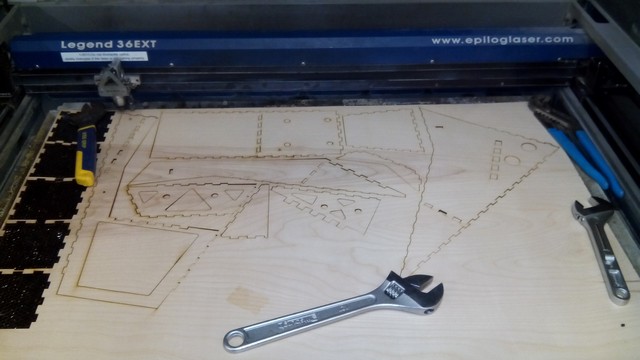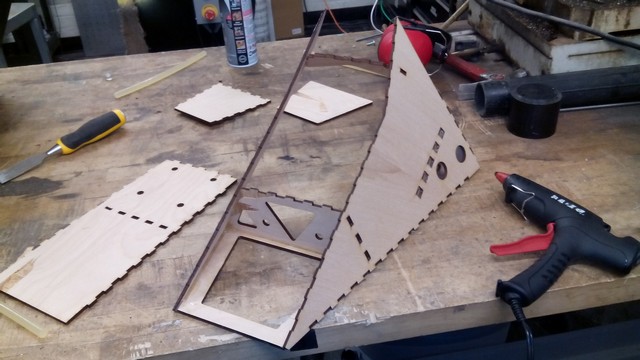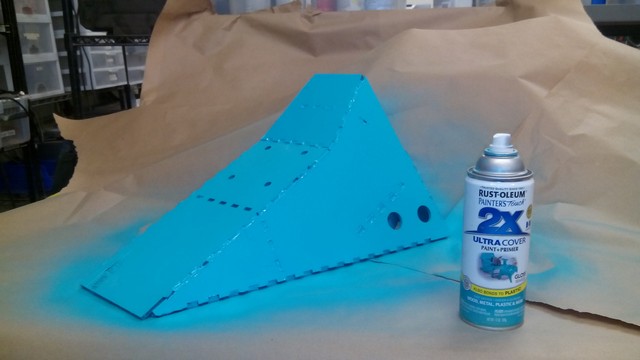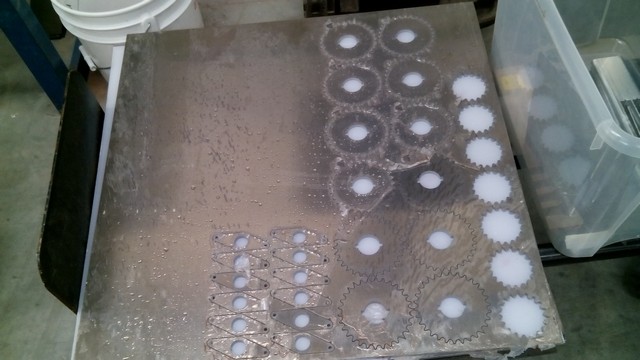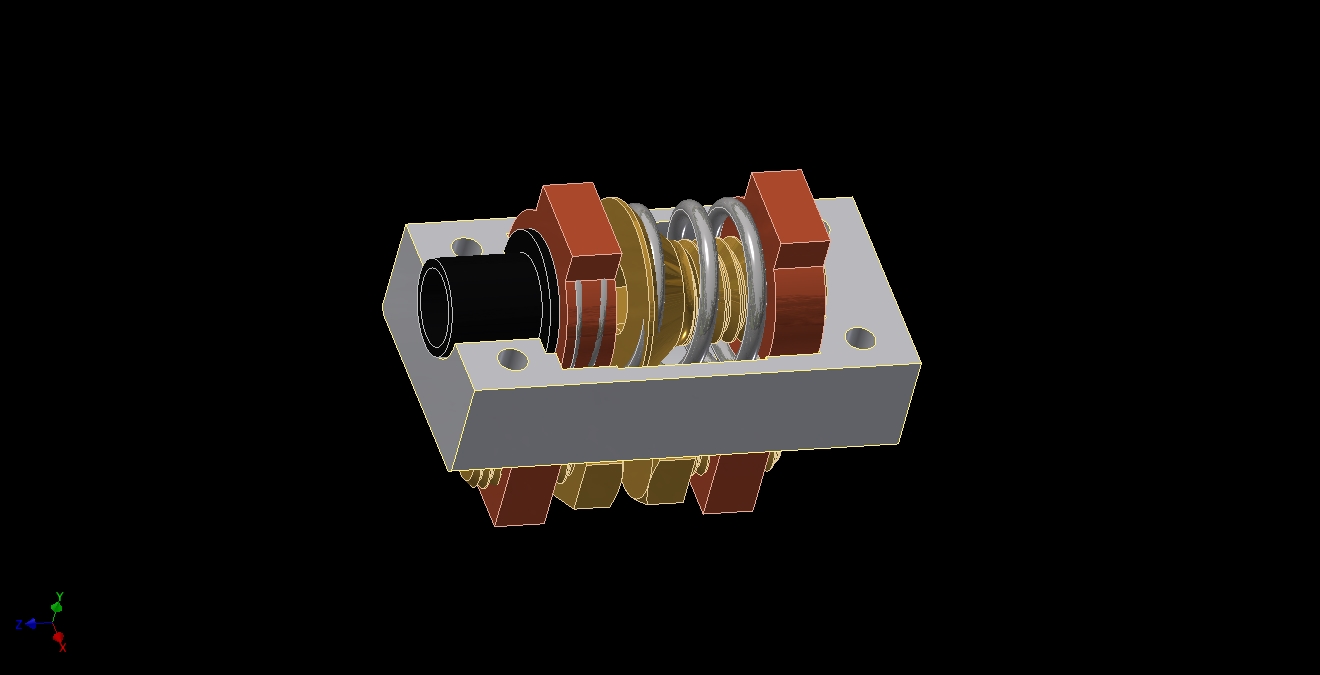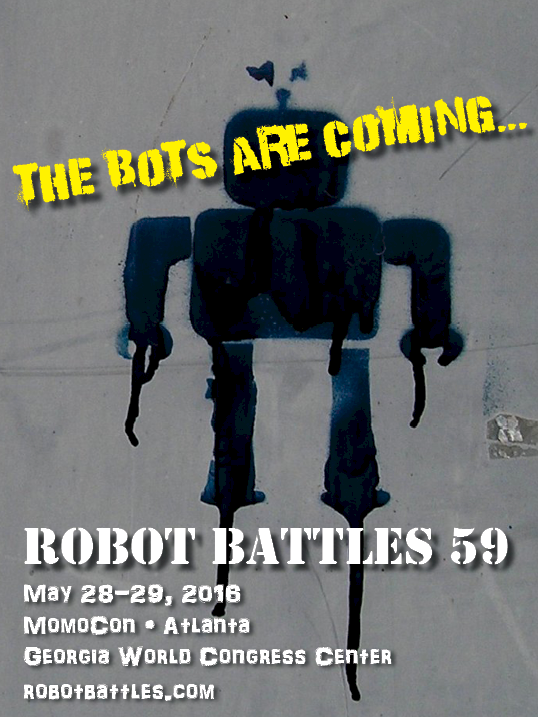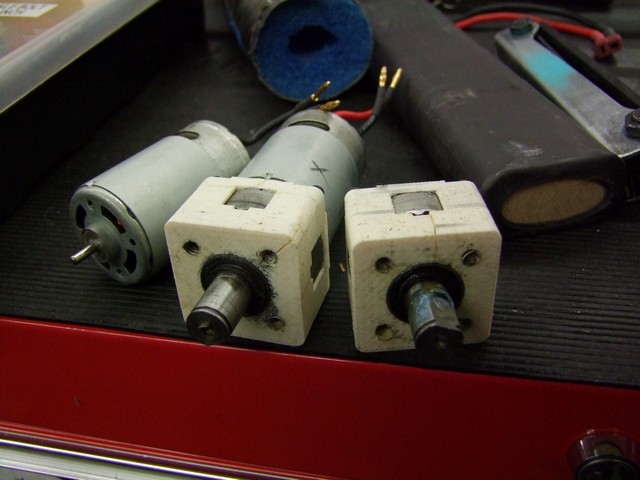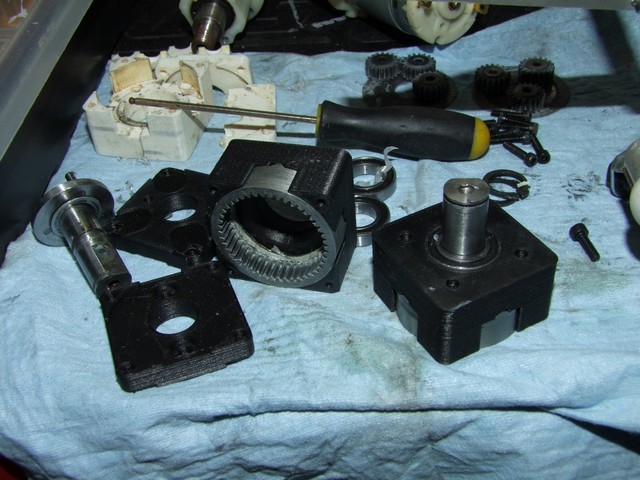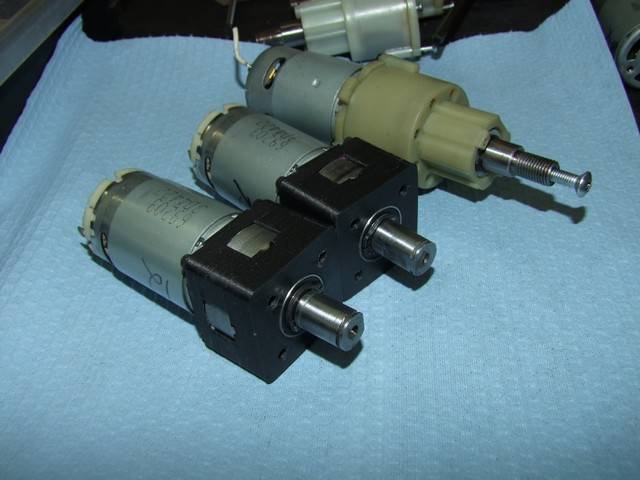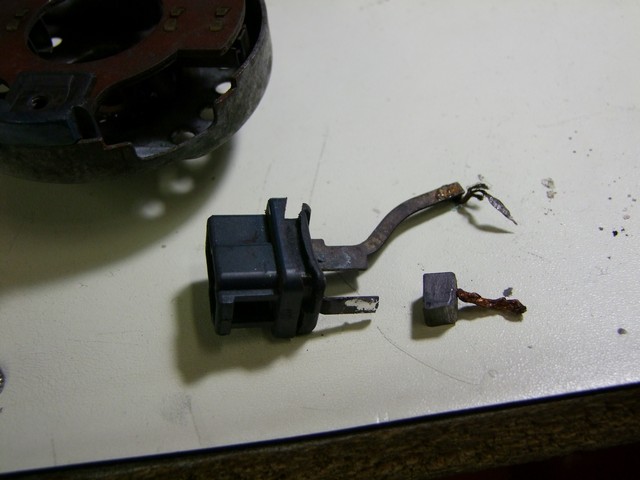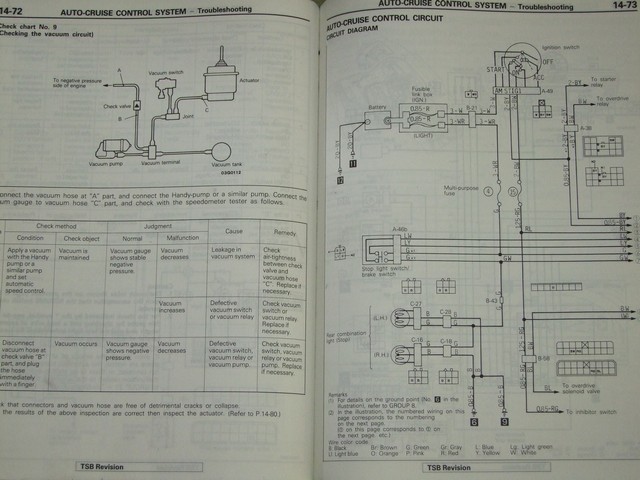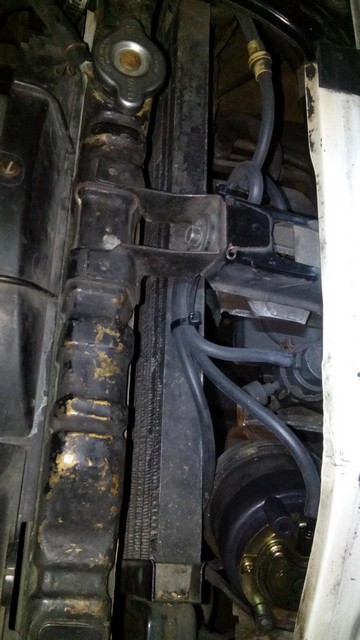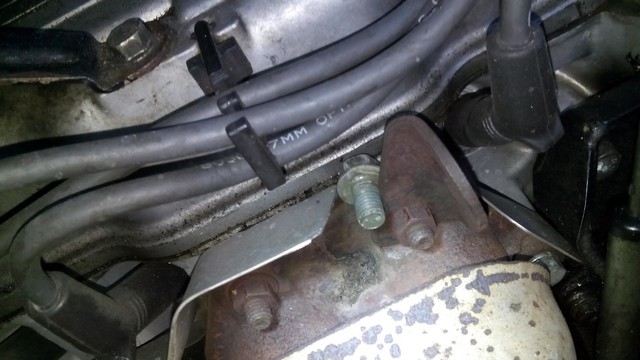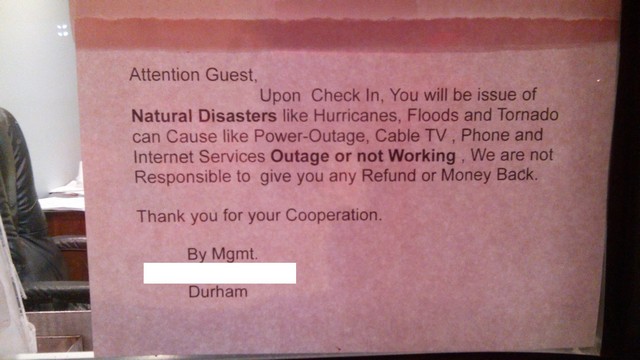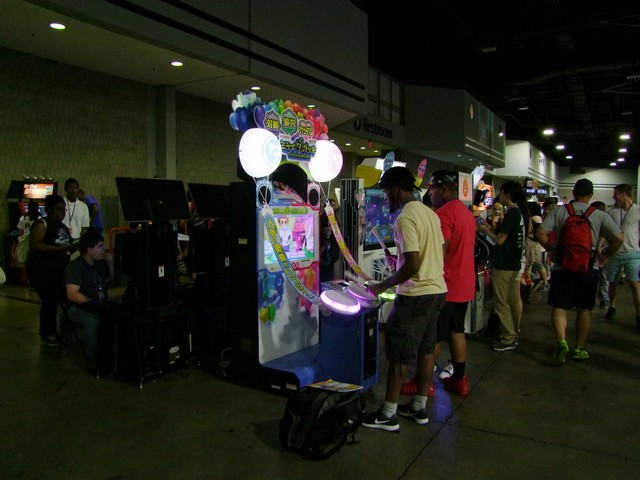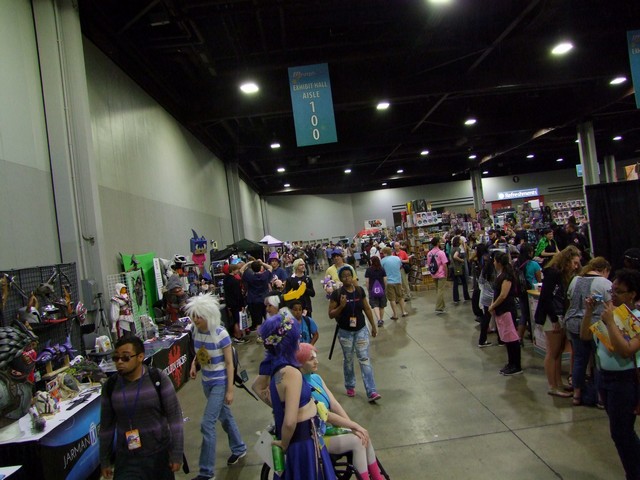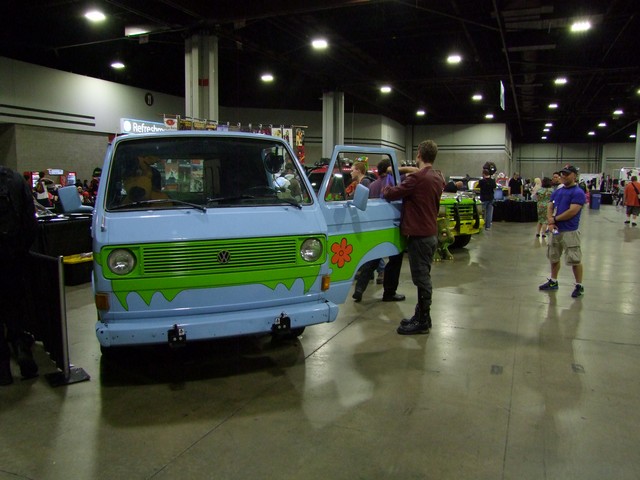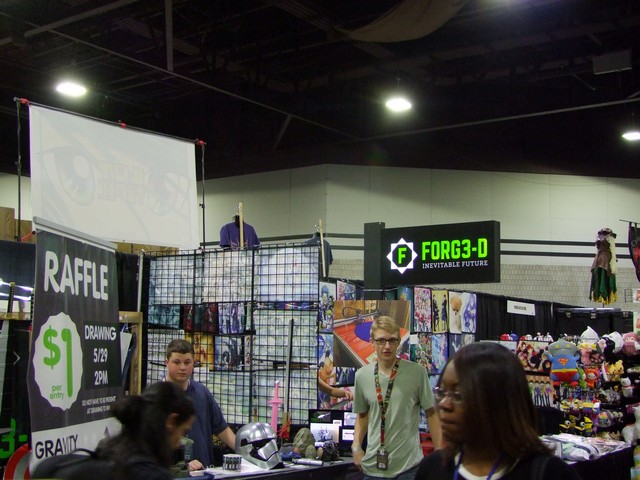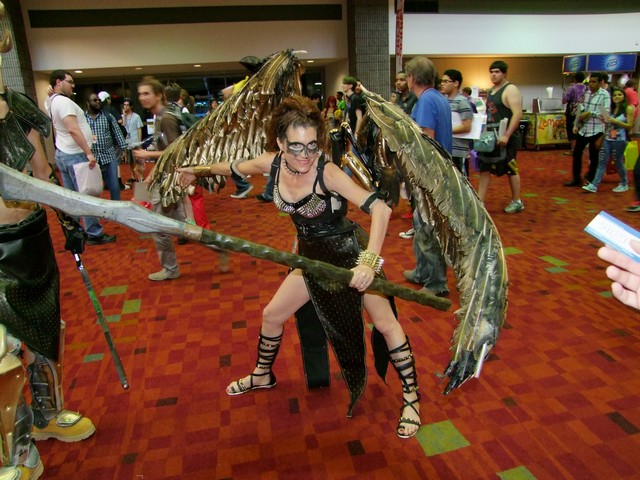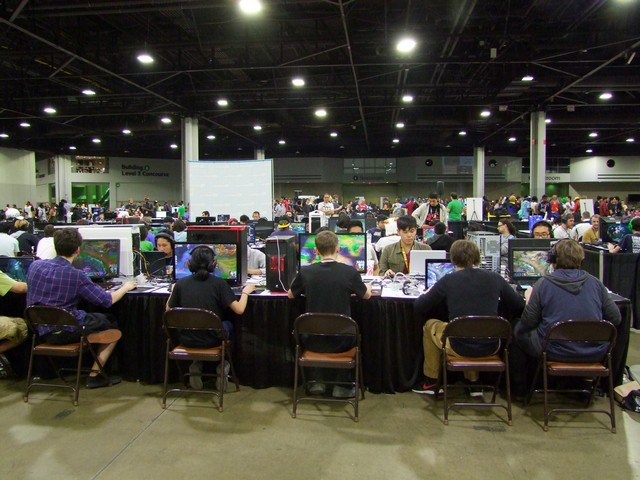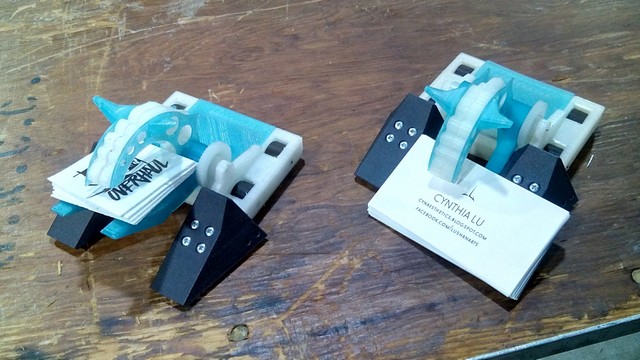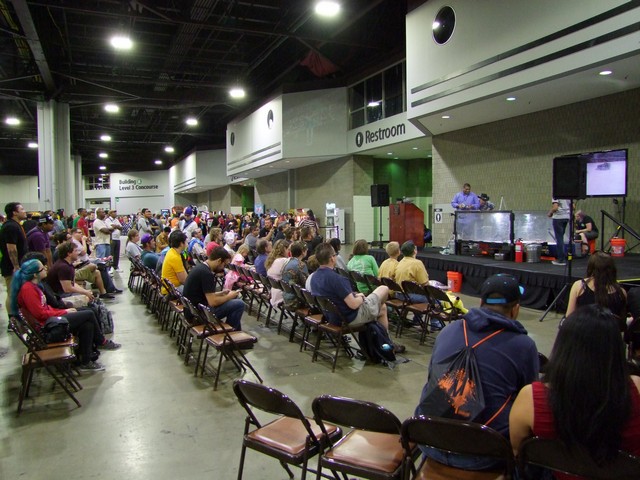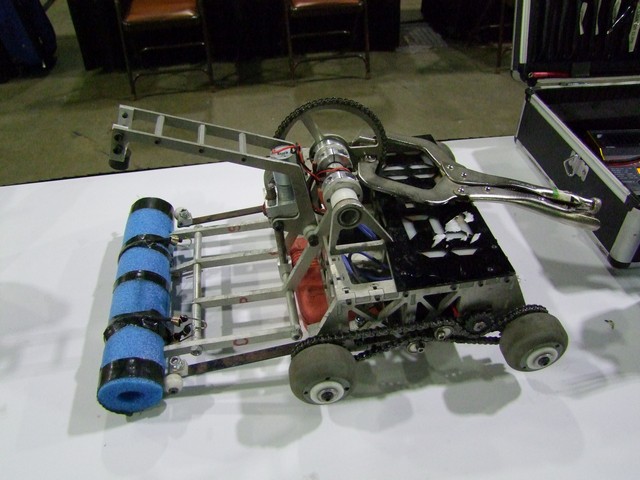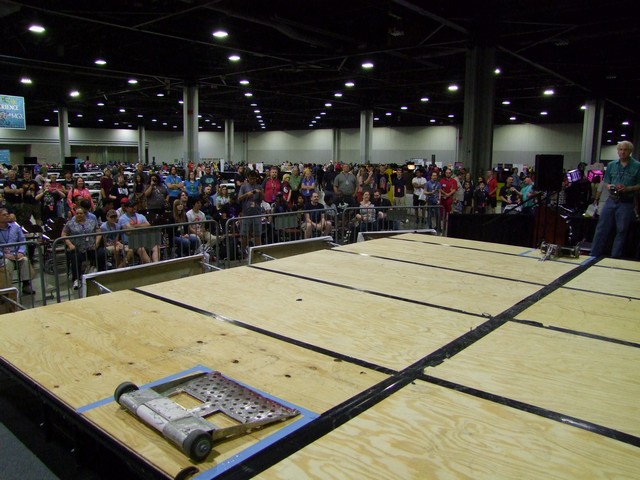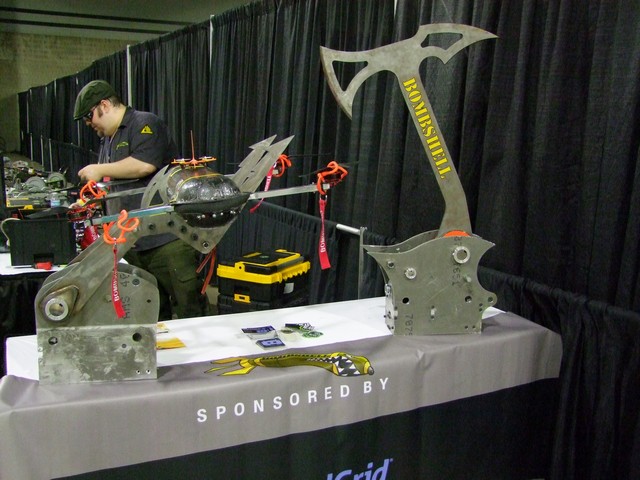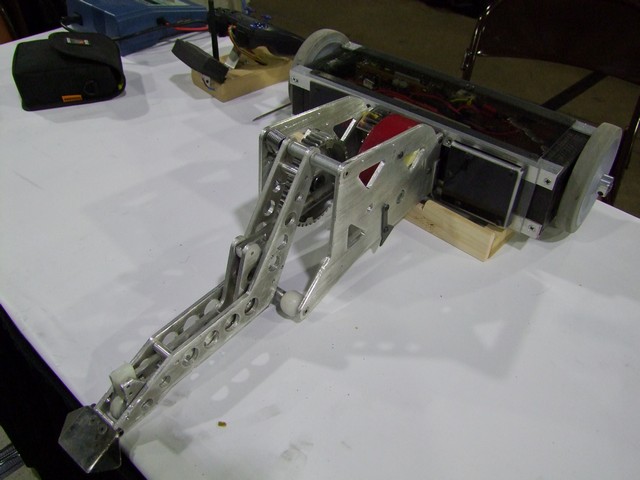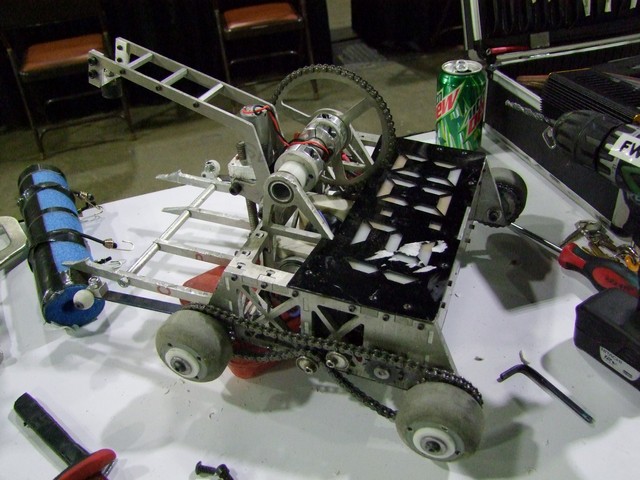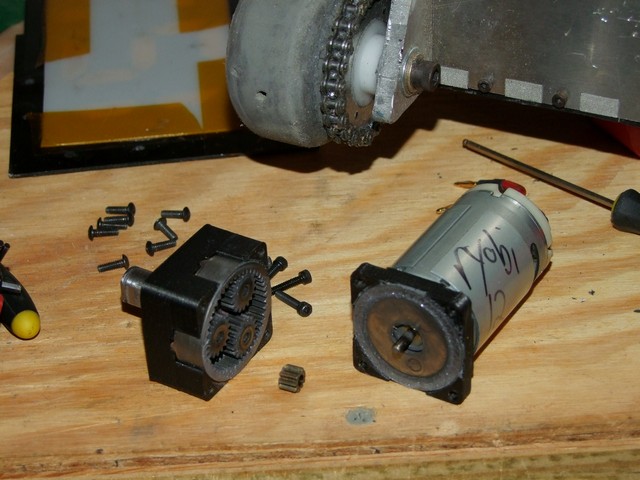This is it! Now that my incredible van hangover has cleared, it’s time to get back to build reports. With 2 weeks left to go until the SEASON PREMIER OF BATTLEBOTS ON JUNE 23RD 8/7c ON ABC!!!! my hope is to clear the build itself and discuss the runup to the event as the season starts. As OH2’s matches are aired, I hope to immediately turn around and prepare analyses of them within a day or two. OH2 is not part of the premier itself, but look for it in the next few episodes that cover the preliminary rounds and beyond!
So, after seven episodes of working through the design – eight if you count my love affair with brushless drive – it’s time to start persuading metal into shape. At this point, it was late January, and I’d just gotten a load of RageBridge2 units in, so we were busy in “fulfill the delayed crowdfunding campaign” mode. It was between RageBridge logistics juggling that I was placing the first orders for materials and parts. As I mentioned in the last design post, a majority of the machined parts for this bot were going to get sent out to external shops which I’d done business with before.
I spent a portion of December and January shopping the design out to a few places, both domestic and in China, to gauge interest more than anything. Here I am, showing up with basically two dozen unique parts, for which I need quantity… 2…. or thereabouts. My contacts are largely production-oriented shops, since I needed, say, 250 DeWut casings or 500 RageBridge 2 heat sinks. They have otherwise much larger jobs that occupy machines for a week at a time. So it wasn’t surprising when only a few replied saying they had the capacity for it at all, much less the ability to turn around quickly.
Robot build seasons are always a blur, and a huge and complex robot even more so. In high school doing FIRST Robotics, it was easy to lose track of where on Earth the past 6 weeks went, and I was definitely in a similar situation with this build! I’m basically going off the photographs’ dates now to reconstruct the series of events which led to Overhaul 2. We begin in mid-February into early March as parts began arriving. Yes, began. Basically everyone was cutting it this close for a variety of reasons, some of which I’ll likely talk about only after the season finishes airing.
So here we go! First, the main cast of characters involved.
- Me, the principal designer and I suppose electrical system lead, since OH2 has the most hipster snob electrical system imaginable. I also machined stuff occasionally, I guess.
- Cynthia, who assisted with fabrication and also creating the team aesthetic and presentation, as she is a graphics designer and illustrator.
- Paige, chief waterjet babysitter and machinist/fabricator.
- Matt, Paige’s boyfriend and Biology & Premed student, so we trained him on whatever needed doing at the time.
Oh, also, as the build progresses, I’ll be sprinkle CAD shots back in as things need validation or redesigning on-the-fly as disasters occur. I assure you there was a lot of that…
The stinger photo at the end of build report part 7 was of wheel hubs. This was the only “mass produced” part for OH2, since I knew I was going to need spare wheels no matter what. I sent this out to a nearby CNC shop, ARMSET who turned this around in about a week and a half.
During the intervening time period, I tried to work as ahead as I could on minor fabrication of the associated parts, such as sprockets and wheels. Additionally, I wanted to get a start on one of the weirdest parts of the bot – the welded plate armored pontoons up front.
What’s the same thickness as 5mm steel? 5mm plywood, and I think one of these substances is a little easier to put together over and over! I bought some birch model plywood from a local wood distributor, and then proceeded to barge back into my own former shop to use the laser cutter.
My rationale when putting this thing together: Wherever I can shove the hot glue gun, I can shove the MIG torch. This assembly process went as smoothly as I had hoped, and I ended up building 3 of these to test the assembly order, i.e. “Where do I spray the steel boogers first?”
Here’s a completed armor module in plywood!
I gave this pontoon a healthy coat of the closest color to Miku Blue I could locate in a Home Depot spraypaint aisle. For the record, this color is Rust-Oleum’s “Gloss Seaside”. The camera white balance isn’t happy here; it’s a lot more aqua in real life.
One of the design choices that we were making early on during the design submission period was the robot and team color palette. Overhaul during Season 1 was naked-ass steel and… red, I guess. There wasn’t much thought put into anything except making it do robot things, so we just went with a red and a gray, similar to MIT’s palette, where gray was just made of #stonecoldsteelaustenite.
This season, I was out to transition the robot to something blue. Specifically, during the early design stages that were detailed in Part 2, when the new application was being prepared, I was all set to make a Miku-themed robot. I shit you not, this is a never before seen concept image which I put together (because of course I did):
Yeah.
Now that I’ve scared everyone away, I can say that this concept was not used because there would have been basically no way to use a copyrighted character as a team mascot or have the character prevalent throughout the robot and team.
So the #mikubot concept was scrapped, but the color lives on.
Here is a round of sprockets (that’s a technical term for a group of sprockets!) that fit on the hubs. They’re waterjet-cut from 3/16″ 7075 aluminum plate. Basically, the idea at this point was to assemble wheels as soon as the hubs got in, and then keep assembling drive and lift motors and electronics until the frame got in
The other small parts on the left are retainer brackets for the SK3 motor rear ends.
Other interesting things also began arriving. For instance, these two piece of oil pipeline oil-filled nylon bearing stock. The large rotating arm parts will use machined nylon bushings for radial support. They’re moving at a low speed, so I opted to use plain bearings. Bronze would have been nice, but heavy. I figured at this bulk level of usage, the nylon would do just fine.
One of the first electrical system experiments I wanted to verify was the custom master power switches (a few pictures down). Recall that I designed these because fitting two Whyachi MS2s in the bot was becoming a daunting prospect when accessibility was factored in i.e I wanted to retain the side approach arming.
Shown above are some copper contacts that were cut from 1/4″ silver-plated copper bar, supplied by McMaster. It seems like this silver plating is largely decorative, because it was coming off if I was rubbing it too hard – probably for anti-corrosion purposes only. Oh well.
The internals of version 1, as simple as you can get. The body is a nylon with fiberglass print, made using a Markforged Mark Two.
I’d like to take this space to welcome Markforged as the first sponsor of the team this year. You’ve seen a lot of action on this website and on Jamison’s site with Markforged parts, and they know there’s no better application to have their parts mercilessly beat on to show the technology! Markforged is providing Mark Two prints and printing services on their print farm.
While this edition seems to work just fine (it conducts! Yay!) I wanted to refine it more and also fix the fact that the hex key could, under some angles of insertion, be the first thing to close the circuit. Obviously you don’t want this to be the case. I also wanted to add a biasing spring to lessen the likelihood that if the closing torque was insufficient, that the screw would just back off and leave everything disconnected (or worse, constantly arcing). Here is the version 2 updated basically after I finished printing Version 1. The black nylon bushing proides a long entrance guide for the hex key so it can’t touch the switched contact under normal use.
After a McMaster order, the version 2 is completed. With a dab of conductive contact grease on the spring, the action was smooth and repeatable. I was satisfied with the design at this point, so I printed more with very minor dimensional changes for fitup.
Around this time, my order of wheel bearings arrived. They’re 5/8″ bore needle roller bearings that are pressed into the hubs. Shown also is a single 5″ Colson wheel which I test-broached with 1/4″ keyways.
This work was done just in time prior to the arrival of the first big batch of parts that needed significant modification and work, which is the drive and lift gearboxes…
Oh god that’s a lot of Banebots.I ordered 10 4:1 gearboxes and 4 16:1 two-stage gearboxes, plus a basket of spare carriers, shafts, and gears.
My personal guess was that if the gearboxes were going to fail, the 4:1 drives would fail first due to rapid reversing and direct shock from the drivetrain, like running into things. The lift gearboxes would be reasonably isolated from torque impulses by the 12:1 external gearing and the clutch. I ordered enough gearboxes for drive such that I could build 10 drive motors and, in accordance to the serviceability inherent in the drivetrain design, just swap out motors and deal with piecemeal repair later.
That’s one of the things which trips up newbies some times is how expensive everything gets once you factor in the ability to repair rapidly. While the initial cost outlay might be high, what is the cost to you of losing a match when you could have been able to put the machine back together if you had parts?
Two things needed to happen to the Banebots gearboxes to turn them into drive and lift motors. The motor mounting blocks had to be machined down to 1/2″ thick, and then the hole patterns drilled. Paige and Cynthia took up this job using some of the equipment in the IDC and CNC mills in the same building.
I continued the “weird science” part of the build by working on the two-speed shiftable “P90X” gearboxes. For this, I waterjet-cut out of O-1 tool steel a replacement planetary carrier:
That’s it on the right. This carrier has (reduced size) teeth and fits perfectly into the ring gear on the left. It has hole patterns for both 4:1 and 3:1 gear stages. The idea is that the sliding ring gear either is anchored to the gearbox housing, or is meshed with this carrier and spinning with it, bypassing one stage.
Here’s a comparison of the carrier plates after I transferred the pins over. The next operation for this setup is to chamfer the edges of the carrier teeth and create a mating chamfer to the ring gear, such that they can collide and mate smoothly.
The other side of the ring gear needs to be firmly affixed to the front output block of the P80, since the ring gear is no longer held in compression between the two blocks. To do this, I basically turned the four dowel pin holes on the ring gear into holes for four shoulder screws. Notice that I’ve already cut off the ring gear here, too.
The four pins that were in the output block were removed, then their holes drilled out directly and counterbored on the other side for the shoulder screw heads.
We interrupt this build report for….
EPIC LIFT GEAR! From now on, every time I say EPIC LIFT GEAR! it will be in bolded capital letters with its own exclamation mark. Consider it a single lexeme. Anyways, the EPIC LIFT GEARS! arrived from…. Amazon. These are giant spur gears from Boston Gear, who lists its basic catalog on Amazon Prime. I’m super happy about this and encourage all industrial suppliers to do it.
Part 1 of the EPIC LIFT GEAR! is the 42 tooth, 12 pitch intermediate gear, which will be turned into the lift clutch. The other EPIC LIFT GEAR! above it is the 6 pitch output pinion. It will be face width reduced – I don’t need the ridiculous 2.25″ face width – and then broached.
I used the MITERS Clausing lathe to bore out and dish the interior of the 42 tooth gear, and also cut off its hub. This is it – the intermediate EPIC LIFT GEAR! will just have a bushing in the center such that it can spin on the clutch shaft.
Next up was the clutch shaft itself. In the latest McMaster order, I put in for a length of 1144 steel, commonly used for high-stress round things. This needed to be turned from a 1.5″ round into a 1.25″ shaft with two 0.75″ ends and a 1.25″-12 thread on one end.
I decided to practice threading again on some aluminum first, since it had been a while since I last made giant custom threads, and I was also unfamiliar with the new MITERlathe’s threading controls.
I then mounted the shaft in a mill to do the secondary keying operation. This keyway is for the 6 pitch EPIC LIFT GEAR!, since the 42 tooth intermediate gear will be sandwiched using clutch plates. However, I decided to make the keyway full-length such that I could make the clutch plates themselves keyed, to assist in torque transmission.
A little bit of Scotch-Brite and wire brushing to deburr the threads, and the clutch shaft is completed.
Here’s what the clutching setup looks like for now. I had yet to receive the order with clutch lining material and giant conical washers, and the pressure plates still need to be cut.
While this mechanical work was going on, I was working ahead a little on the electronic side of things. Little I know the build was about to take a tragic turn…
dun Dun DUUUUUUUNNNNNNNNNNNNNNNNNNNNNNNNNNNNNNN
By the way, Overhaul 2 swag is now up on the BattleBots store. Builders get a cut of the sales of all swag, so here is your chance to indirectly sponsor Equals Zero Robotics!

